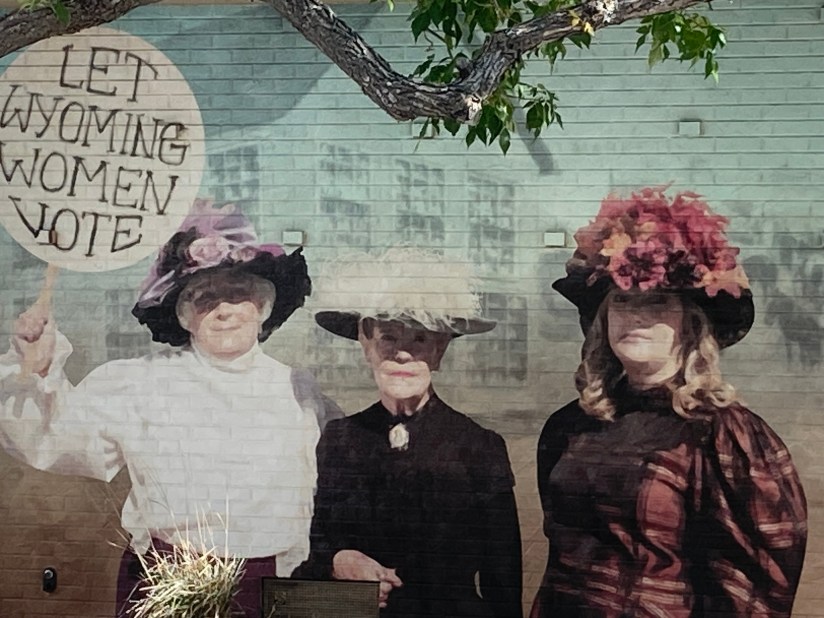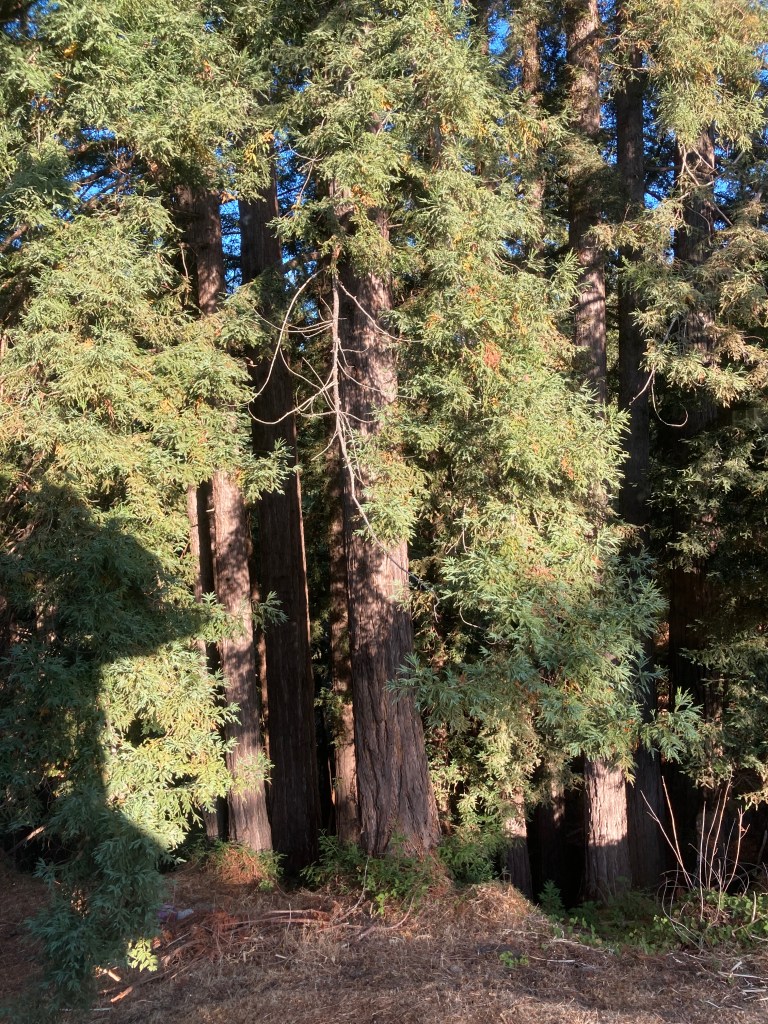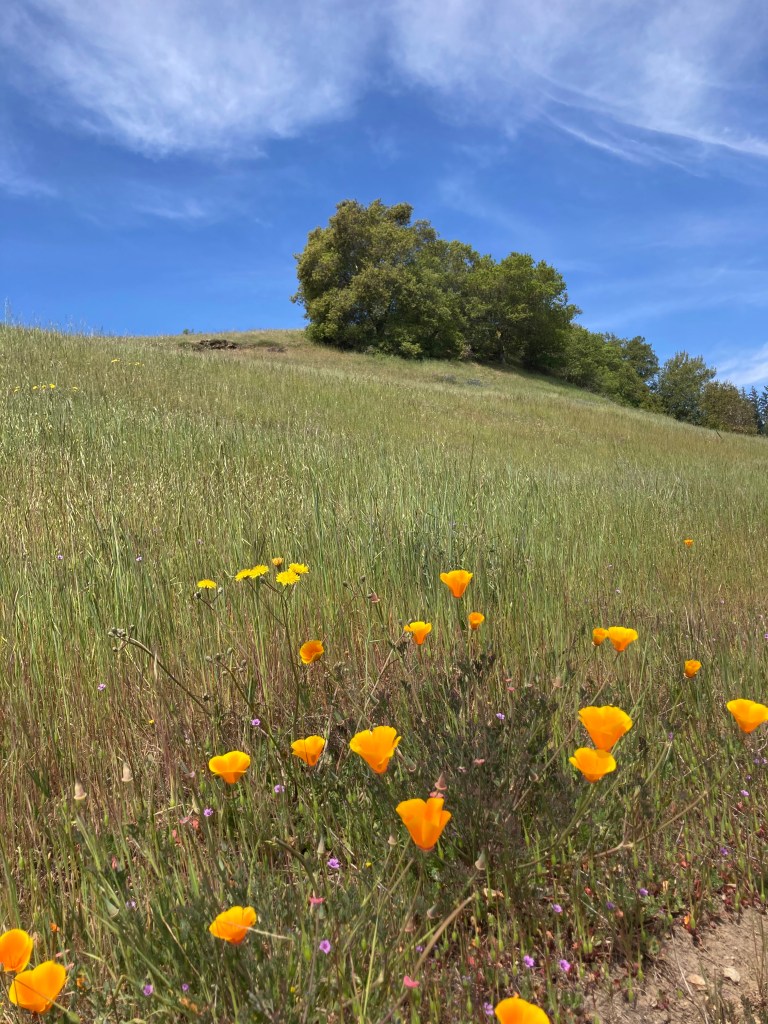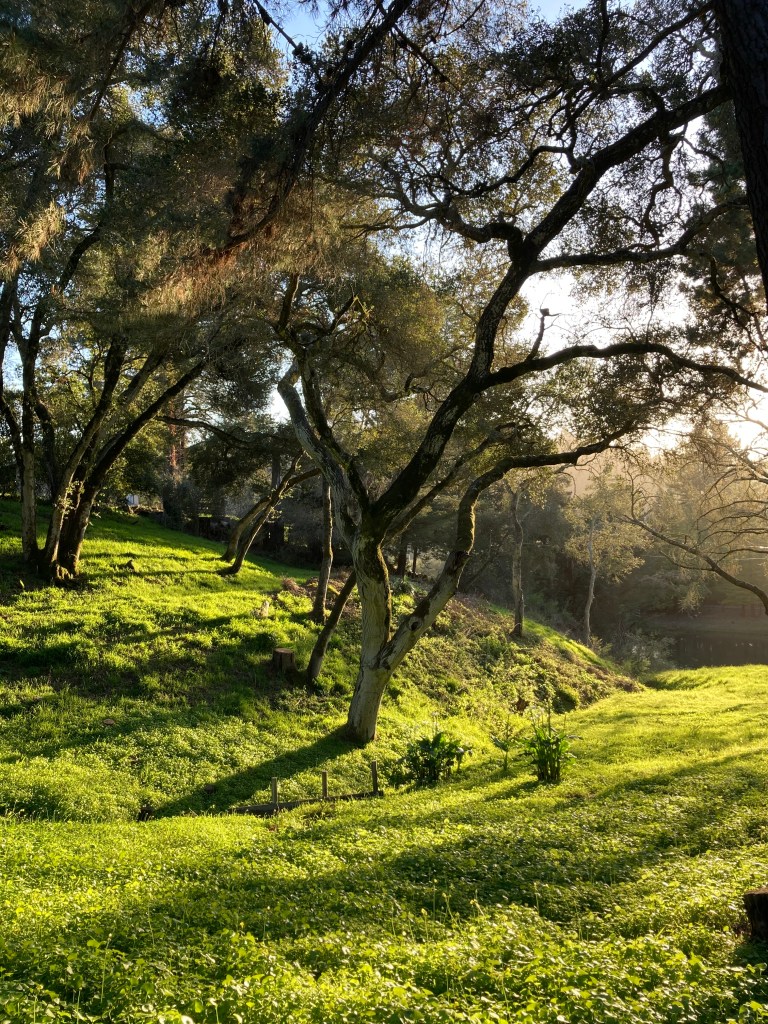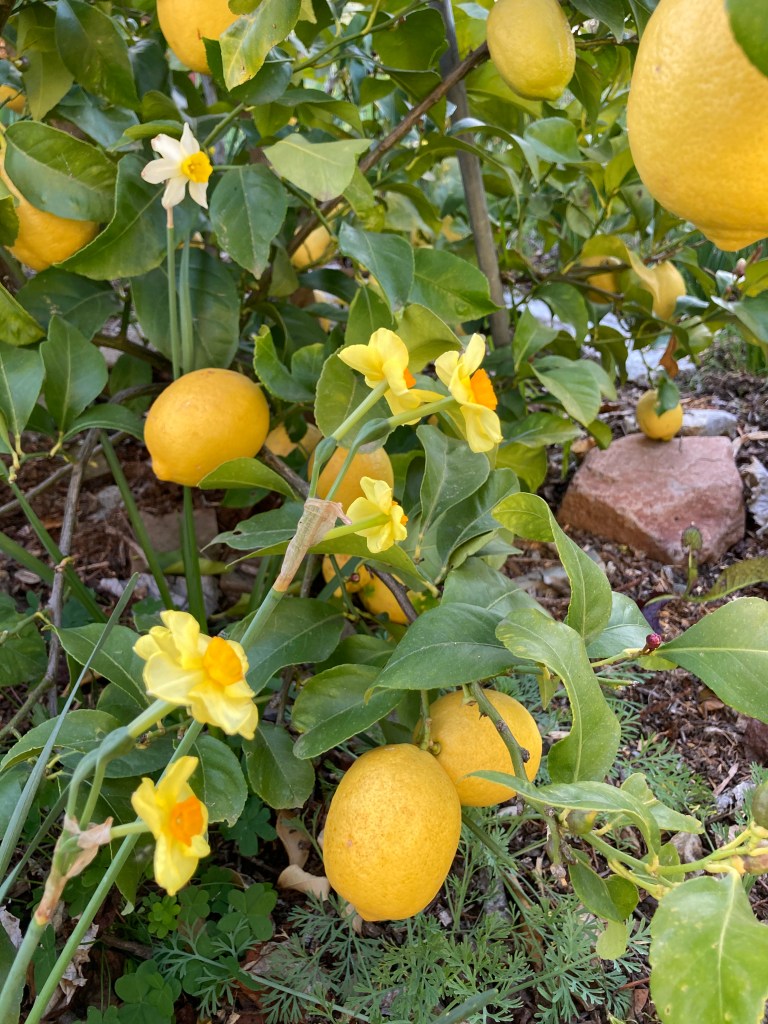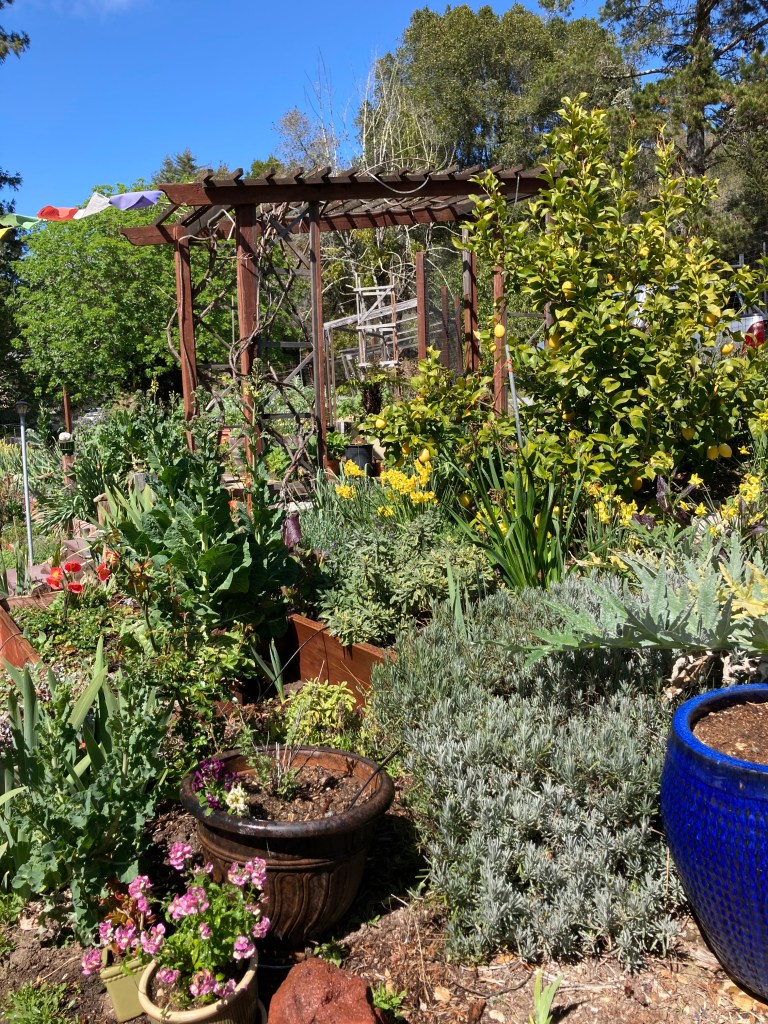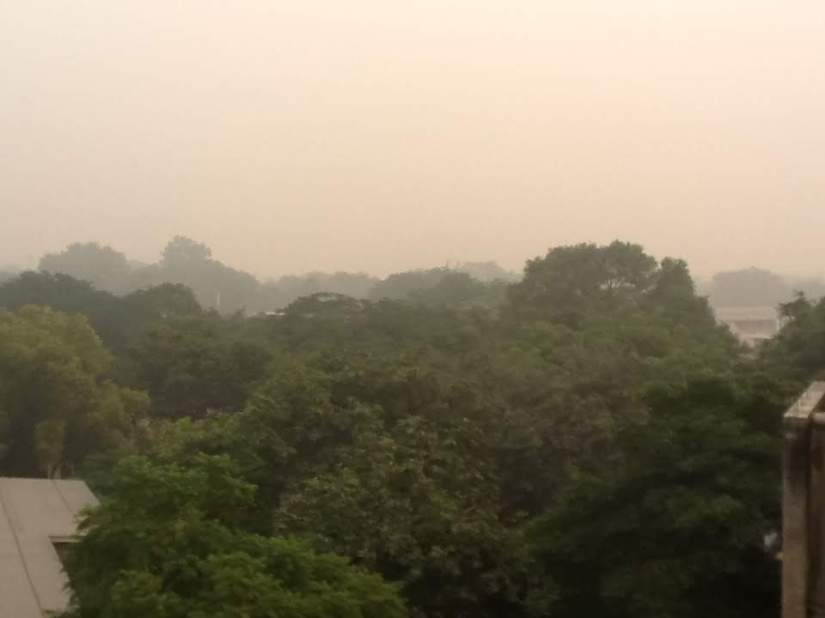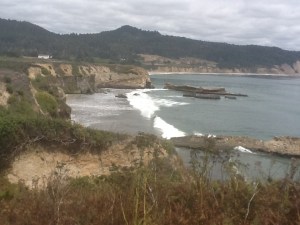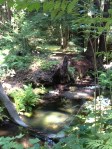
“Our work is to call each other home, to call to one another’s spirits and say, “This is for you. This is what it means to be human, to love and be loved. Let’s learn from one another as we go.”
Kaitlin B. Curtice, Living Resistance: An Indigenous Vision for Seeking Wholeness Every Day
Recently, I travelled to Cheyenne, Wyoming via Fort Collins, Colorado. Though I never lived in Wyoming, I have ancestors who once did, and I wanted to experience what it felt like standing on that earth and to absorb some of the history of this part of the US through being there. Traveling across the landscape to get to Cheyenne, I felt the wide embrace of the grassy plain, and a calm, deep presence of the earth’s steadfastness. The sky holds you inside its rich, blue center and presents you with its expansive heart. There’s a sense of oneness between earth and sky, as when looking out over the ocean where the sea meets the sky.

In Cheyenne, I could sense a part of American history still alive there that one is less aware of when living far from that part of the US. Wyoming’s history plays an important part in the creation of present day US. After the US Civil War, the US government wanted people to move into Wyoming and Nebraska and settle there. The Homestead Act gave people 160 acres of land for a small fee if the independent farmer would live on the land and cultivate it for five years. Building the railroads was fundamental to that effort. Homesteaders needed supplies, and the railroads brought supplies to them. The US government gave extensive grants of land to the railroads in order to encourage settlement, 175,000,000 acres, an area greater than one tenth of the whole of the US. Building the railroads decimated the bison that roamed the plains. Buffalo Bill was hired by the Kansas Pacific Railroad Company, and is reported to have killed more than 4,000 buffalo. Former trappers, turned to hunting the buffalo as well. 200,000 buffalo were killed annually, nearly annihilating the population. Native tribes depended on the buffalo for sustenance. As Gilbert King’s Smithsonian article “Where the Buffalo No Longer Roamed,” states, “By the end of the 19th century, only 300 buffalo were left in the wild.” The decimation of the buffalo in turn decimated the way of life for the plains Indians.

Driving in the final stake of transcontinental railroad drove a stake into the heart of Native Americans’ ability to sustain their way of life. As King’s article states, “Sheridan acknowledged the role of the railroad in changing the face of the American West, and in his Annual Report of the General of the U.S. Army in 1878, he acknowledged that the Native Americans were scuttled to reservations with no compensation beyond the promise of religious instruction and basic supplies of food and clothing—promises, he wrote, which were never fulfilled.” Native people were stripped of their culture, forced to assimilate for survival, in turn this resulted in the US winning its war against Native Americans and their possession of the land.
Cheyenne is known as one of America’s windiest cities. It’s perhaps less well known that in 1882 Cheyenne was the wealthiest city per capita in the world. Wyoming was a lucrative location in those early days, where cattle barons sunk millions of dollars into their deep pockets with the extensive herds they owned. Electric lights brightened streets, and the city had an opera house and a men’s club serving fine food, liquor, and fancy cigars. In 1886 and 1887, however, subzero temperatures and blizzards killed thousands of cattle at one stroke, an event referred to as the Great-Die Up, bringing an end to cattle drives across free range.
What we become isn’t usually the result of a single story. We live in an interconnected world. We inherit layered histories and stories as well as layered silences. Our understanding of who we are and how we connect with the world around us is lifelong work. While bison and Native American populations were being exterminated and crushed the women’s suffrage movement was also occurring. In 1869 women in Wyoming were the first in the US to receive the right to vote.
As Potawatomi American writer Kaitlin B. Curtice points out, in Simian Jeet Singh’s interview with her on “Anti-Racism as a Spiritual Practice,” America is “a settler colonial state and it’s difficult to reckon with.” Coming to terms with our past is and what it suggests is challenging. Nevertheless, in recognition of the difficult and problematic history regarding how America came into being, I want to better understand and respond to the place I inhabit in American culture and what that means for how I should live.

Coming home to ourselves means in part to understand what our home is and the forces and people that came together to create it. As May Sarton writes in her poem, “Now I Become Myself,” it takes “Time, years, and many places;” perhaps one will be “dissolved and shaken,” as she describes as well. History is complex, our own, and that of a nation or a culture. We are many worlds in one body. Louise Dunlop, in her book, Inherited Silence, writing about how the difficult and uncomfortable history of how America came into being writes, “Settler people experienced a different wounding in this terrible history. We, too, need healing practices to transform the shame and trauma we carry and continue to pass on. That shame is the root of our silence. We need songs poems, inspiration, spiritual practices, and affirmation that make it positive to acknowledge our history.”
Our very existence depends on the support the natural world offers us, as well as the support of people all around us and what we’ve inherited from those who came before us though we may not even know their names or be aware of their actions. I come from a line of settlers, though much of their personal stories I don’t know and have only learned from reading about the history of the time period, the area, people’s histories, and oral stories. Because I know little of my ancestors’ stories, and because they didn’t tell their stories, as a way to try and understand their lives and their challenges, I’m imagining what those stories might be and am writing them. I’m calling to the spirits of my ancestors, so to speak, saying, “This is for you. I’m reaching to understand more of what it means to be human. I want to learn from you.” Recently published in Waterwheel Review, “Remembering Adella,” is written in the voice of a great aunt imagining the voice of her mother, a woman of the grasslands.
Your story may not connect to a grassy plain or rich blue sky. Your story might be rooted in the tropics, a cityscape, snowy mountain or desert, but all stories touch each other on our great web of interbeing of life on this planet. Whatever your story, I wish for you to find a way to be at home, that all wounding from your past be healed, that you find peace with yourself and with those around you. I leave you with this 1888 Antonio de Torres guitar piece, “Home,” played by Andrew York, and a photo from my home in California.


